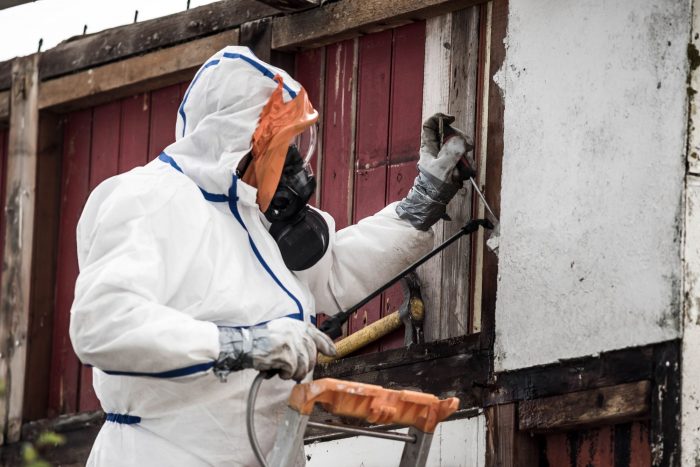All About Asbestos
Asbestos has been in use for several thousand years and was first used in the UK in the later part of the 19th century. Extensive usage occurred within construction, the peak period of use was between the 1940’s until the mid 1970’s – however some asbestos products were still being installed in buildings as late as 1999. Because of this and the proliferation in the number of recorded and expected deaths, legislation changed. Currently, it is estimated that as many as 1.6 million UK commercial buildings contain asbestos materials.
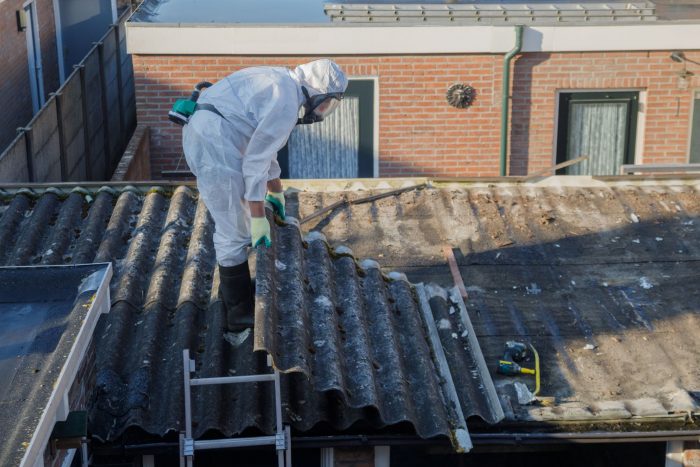
The Health & Safety Commission (HSC) considered and consulted on a number of options namely:
1. Remove All Materials Containing Asbestos
This was the first option considered, but immediately it became apparent that this option would create as many problems as it would solve. When asbestos materials are in good condition they present little if any risk, so logically to remove the majority of materials would create more problems than it would solve.
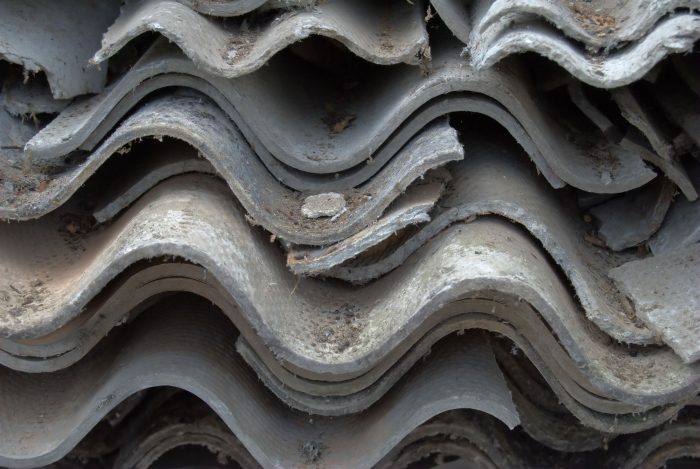
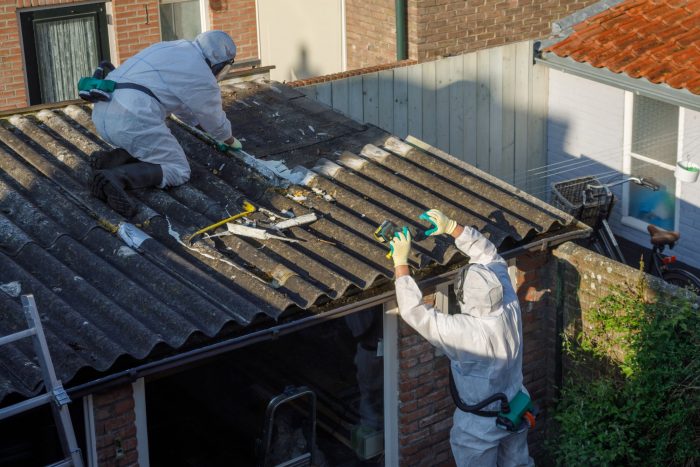
2. A Single Duty to Survey.
The HSC then considered this duty, however due to problems encountered in other countries it was deemed inappropriate. Many premises in the UK have already been surveyed and whilst this proves helpful, survey information on its own becomes limited over time. The information needs to be regularly updated and monitored as asbestos will deteriate and become damaged.
3. A New Duty to Manage Asbestos.
After assessing all the issues involved the HSC/HSE believed that introducing this regulation would provide the best solution in safeguarding lives. The new regulation details duty holder’s responsibilities and helps inform all parties of the risks involved. This helps prevent the accidental contamination of maintenance workers and alike. An Approved Code of Practice (ACOP) and Guidance support the new duty and provide information on how to comply with the regulations.
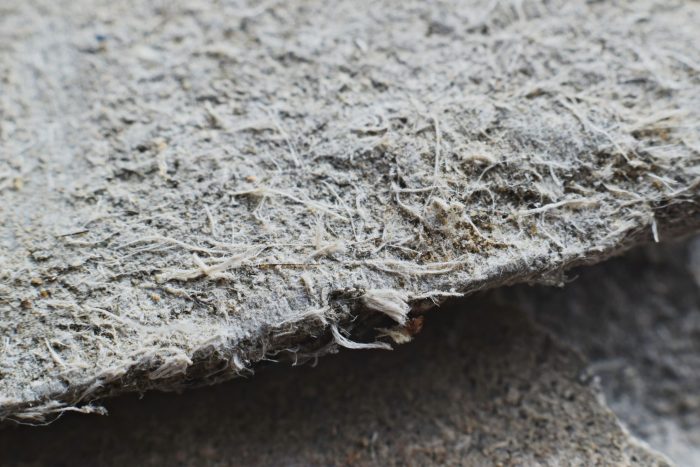
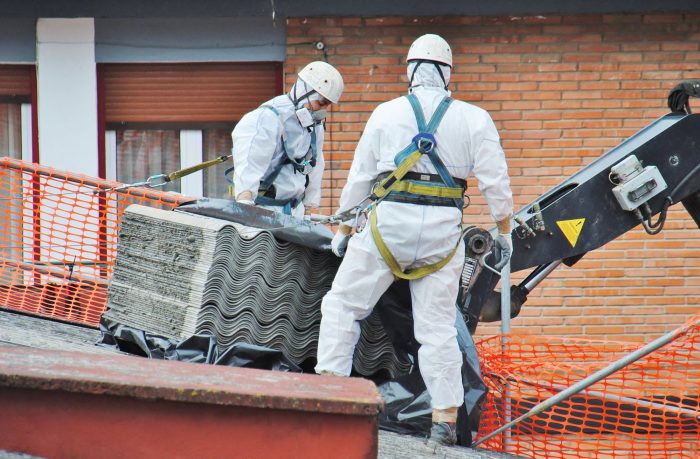
4. What Does The Duty Holder Need To Do?
Firstly the duty holder needs to find out if and where asbestos materials are present within the building, the quantity and condition also needs to be assessed. The asbestos materials needs to be quantified. This allows the duty holder to prioritise any works needed on the material. A written plan must be prepared detailing how the asbestos materials will be managed. This should then be implemented, reviewed and updated on a regular basis. This information should be made available and communicated to all those that need to know i.e. employees, contractors and emergency services.
5. Options.
Theoretically, it is almost feasible to assess your own premises for asbestos containing materials; it would prove extremely challenging – if not irresponsible, with limited knowledge.
Whilst most people can identify A/C Corrugated Sheeting and rainwater goods, it then becomes much more complex. Over 3000 products were manufactured using asbestos and its use within buildings was widespread.
Where there is a possibility that materials may contain asbestos, the duty holder has 3 options to consider:
Option 1: Undertake their own inspection or appoint a third party to do so on their behalf, presuming all materials not recognized contain asbestos.
Option 2: Through representative sampling and analysis identify suspect materials.
Option 3: Provide strong evidence that concludes asbestos materials are not present.
